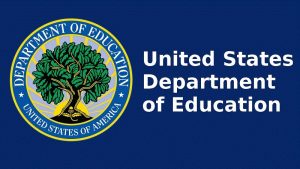In an open letter published last month, a group of American education organizations urged the Federal Communications Commission (FCC) to reinstate open Internet – also known as net neutrality – rules.
New Jersey Gov. Phil Murphy announced that the state is working with Princeton University to establish a hub for artificial intelligence (AI) activity in the state.
The New Hampshire Department of Education (NHDoE) has expanded its partnership with Tutor.com to increase statewide access to around-the-clock individualized expert tutoring.
California State University, Sacramento has launched a new artificial intelligence institute, with the goal of leading the charge in AI education.
Sens. Mitt Romney, R-Utah, and Tim Kaine, D-Va., have successfully offered two amendments to Federal legislation that are aimed at better understanding the impact of smartphones in the classroom.
Texas’ San Isidro Independent School District is using funding from the Federal Gaining Early Awareness and Readiness for Undergraduate Programs (GEAR UP) grant program to bring virtual reality technology into its middle and high school classrooms.
Ahead of the 2024-2025 school year, the North Carolina State Board of Education has approved a new round of grant funding to support the state’s Digital Learning Initiative.
Through a public-private partnership, New York state is using $4 million in funding to develop an Advanced Technology Framework based on foundational and technical skills needed for a successful career in the semiconductor industry.
A new survey finds that the majority of educators (78 percent) are optimistic about the impact artificial intelligence (AI) technology will have on their classrooms, but lack support on how to begin incorporating the tech into their learning environments.
The U.S. Department of Education has announced the winners of its Future Finder Challenge, a $1 million challenge to reimagine career navigation for adult learners.













